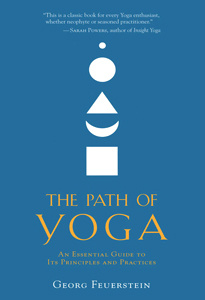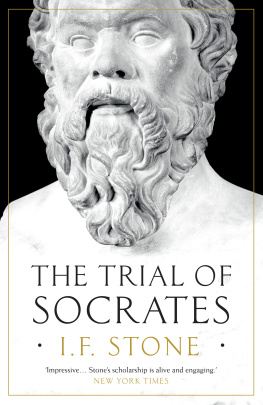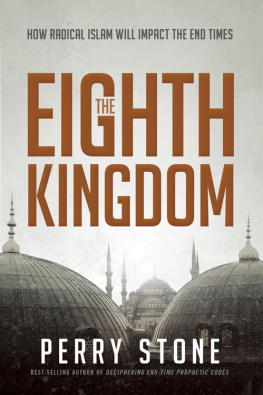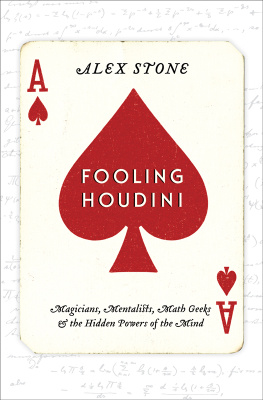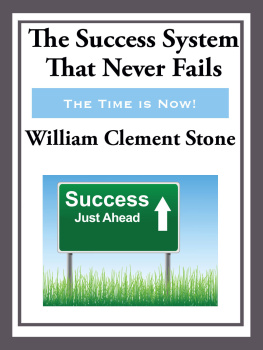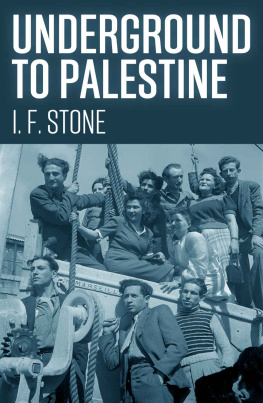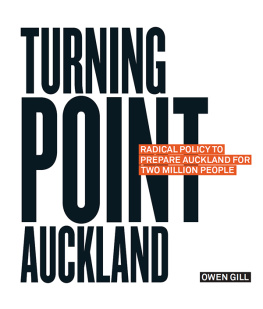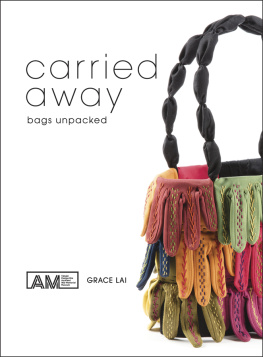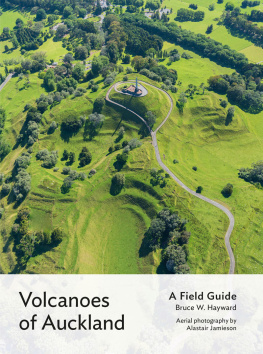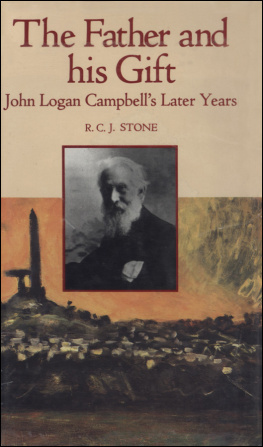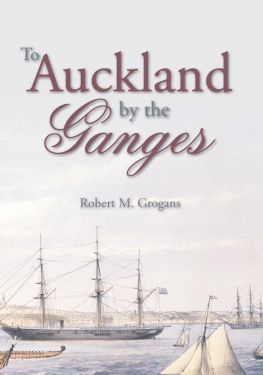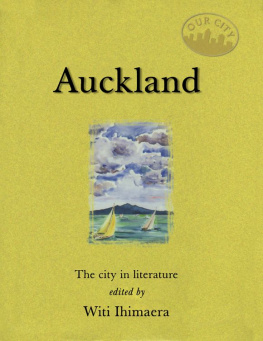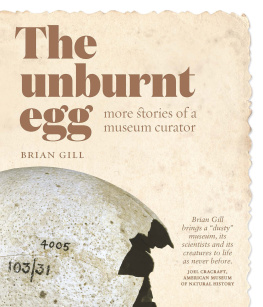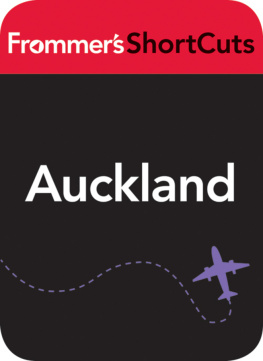LOGAN CAMPBELLS AUCKLAND
LOGAN CAMPBELLS AUCKLAND
TALES FROM THE EARLY YEARS
R. C. J. Stone

First published 2007
This ebook edition 2013
Auckland University Press
University of Auckland
Private Bag 92019
Auckland 1142
New Zealand
www.press.auckland.ac.nz
R. C. J. Stone, 2007
eISBN 978 1 86940 708 7
Publication is kindly assisted by the Lion Foundation
National Library of New Zealand Cataloguing-in-Publication Data
Stone, R. C. J.
Logan Campbells Auckland : tales from the early years / R. C. J. Stone.
Includes bibliographical references and index.
eISBN 978-1-86940-708-7
1. Auckland (N.Z.)History19th century. I. Title.
993.2402dc 22
This book is copyright. Apart from fair dealing for the purpose of private study, research, criticism or review, as permitted under the Copyright Act, no part may be reproduced by any process without prior permission of the publisher.
Front cove: Jacques Carabain, Queen Street, Auckland, 1889 (detail). Oil on canvas. Courtesy Edmiston Trust Collection, Auckland Art Gallery Toi o Tamaki. Back cover: George Treacy Stevens, Birds-eye view of Auckland, 1886.
Courtesy Auckland City Libraries
Cover design: Christine Hansen
CONTENTS
PREFACE AND ACKNOWLEDGEMENTS
Though I lectured for many years in modern British and German history, my main research interest over four decades has remained the New Zealand colonial period with particular regard to the activities of members of Aucklands early commercial elite.
Auckland has not been well served by historians. What makes this neglect anomalous is that Auckland has grown into the largest by far of the New Zealand cities. Yet it is not a city that has grown by natural means. It has long been an importer of people: in the early twentieth century drawing them in as migrants moving either from south to north or from country to town. Yet increasingly since the end of the Second World War the inward flow has been from abroad, with a growing proportion coming from non-British and non-European countries. This has imparted to the city a cultural plurality that has set it further apart from what many non-Aucklanders think of as heartland New Zealand. Many of these new arrivals know little of Aucklands past, and with cultural roots elsewhere, are tempted to think of themselves as aliens in the city that is now their home. Yet features of modern Auckland: its rapid growth, its commercial bent, its exceptionalism, are not novel. They have characterised the settlement almost from its very beginnings. Perhaps with that understood newcomers may have the sense of belonging, which would help them identify with their new home.
This is a book, one hopes, that will help fill the gap in the story of Auckland. As its subtitle suggests, it is not a traditional history. Rather it is a collection of stories. All save the first and the last chapters recount dramatic or significant episodes drawn from Aucklands past. Though I have called them tales, they tell of true episodes and are in no way imaginatively embellished. They are tales in the sense that they are presented in a manner that any storyteller, mindful of the interests of his audience, might use. All the stories are self-contained. They tend to be grouped in pairs and as far as possible presented chronologically.
Nevertheless, like any collection of discrete stories they may be read in any order.
I suggest, however, that readers may find it helpful to begin with the first chapter, which carries the same title as the book itself. For, by a happy coincidence, the story of Sir John Logan Campbells seventy-two years in Auckland touches the life of the pioneer settlement at so many points that, apart from its intrinsic interest, it provides the sense of chronology, continuity and context, the Three Cs that are the essence of a good history.
Like most history books this publication has depended on the contributions and assistance of a number of people and organisations, in some cases extending over many years. A significant portion of this book has been derived from the huge Sir John Logan Campbell collection in the Auckland War Memorial Museum. These papers I first began to use in 1964 while the two then librarians, Enid Evans and Christina Troup, were putting together what was to be the masterly inventory (MS 51) which they completed in 1967. The Sir John Logan Campbell Residuary Estate, under the chairmanship first of Sir Kenneth B. Myers and later of Dr Lindo Ferguson, has given me unfettered access to this material over the years since, enabling me to write a two-volume biography of Campbell himself and to inform much of my other research into early Auckland. On three critical occasions the Trust has also provided financial assistance for me to continue my research. I would here like to testify to the past helpfulness of Miss Evans, Ian Thwaites and Gordon Maitland of the Museum Library staff as I have worked on this Campbell collection. A number of stories in this book are based on documentary material found in the Special Collections of the Central Library of Auckland City Libraries. I have been much helped by people in that department, particularly by Theresa Graham, Georgia Prince and Kate de Courcy. In the heritage section of the same library David Verran has unravelled a number of knotty problems for me.
I am most grateful for the work of the Cornwall Park Information Centre on my behalf, above all for the helpfulness of Philippa Price, whose efforts have quite outstripped the call of duty. I am also in the debt of the University of Auckland History Department for the continued opportunity to use their facilities. The Lion Foundation, a philanthropic organisation standing in direct lineal descent from The Campbell & Ehrenfried Company formed by Campbell and Arthur M. Myers 110 years ago, made a significant financial contribution towards publication, thereby greatly enhancing it.
People who in various ways helped in the writing of this book include: Robert G. Austin, Barbara Batt, Professor James Belich, Margaret Edgcumbe, John C. King, Evan Lewis, David Simmons, John Stacpoole and Kate Stone. Justin Boroughs gave generous permission to reproduce his painting, Maungakiekie 1997, Louise Cotterall once again provided splendid maps, the Fairburn family placed material of Thayer Fairburn at my disposal and the Curnow family permitted me to quote from one of the late Allen Curnows poems. To all these people I convey my gratitude.
This book has relied heavily on illustrations and art reproductions to give immediacy to my words on the past. Institutions, photographers, photographic librarians and art curators who have helped in this regard are the Auckland City Council; Emma Butterfield of the National Portrait Gallery London; Marleene Boyd of the New Zealand National Maritime Museum; the Eden Park Trust Board; Geoffrey Heath and Catherine Hammond of the Auckland City Art Gallery Toi o Tamaki; the Historic Places Trust of New Zealand; Cheryl Laurie, manager of Highwic; Rendell McIntosh, manager of Alberton; Marion Minson of the Alexander Turnbull Library; Elspeth Orwin of Auckland City Libraries and Victor van Wetering of City Scene.
This, the sixth of my books published by the Auckland University Press, carries on a happy association that has extended over 35 years. All of the present staff of the Press in some measure have contributed to this book, but I am indebted most of all to the two who steered it through to publication Elizabeth Caffin and Katrina Duncan.
Next page

